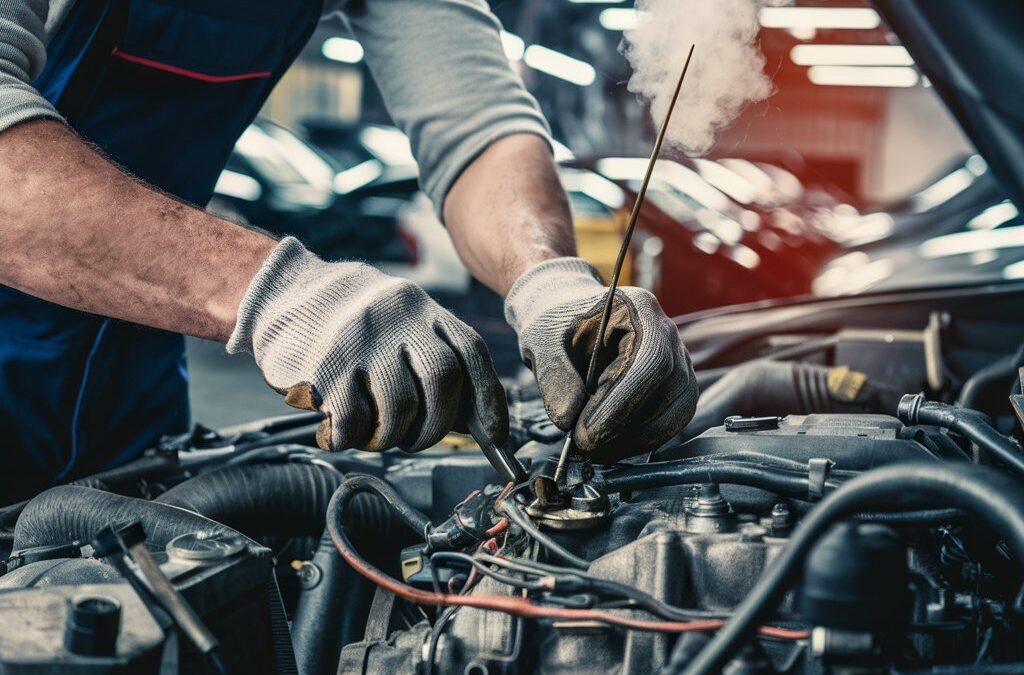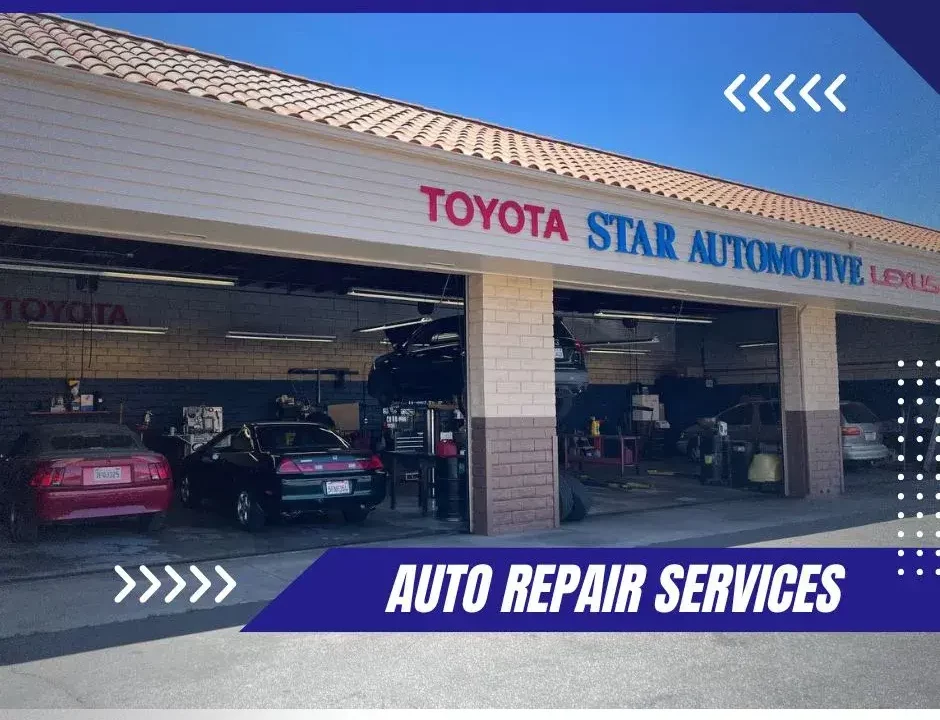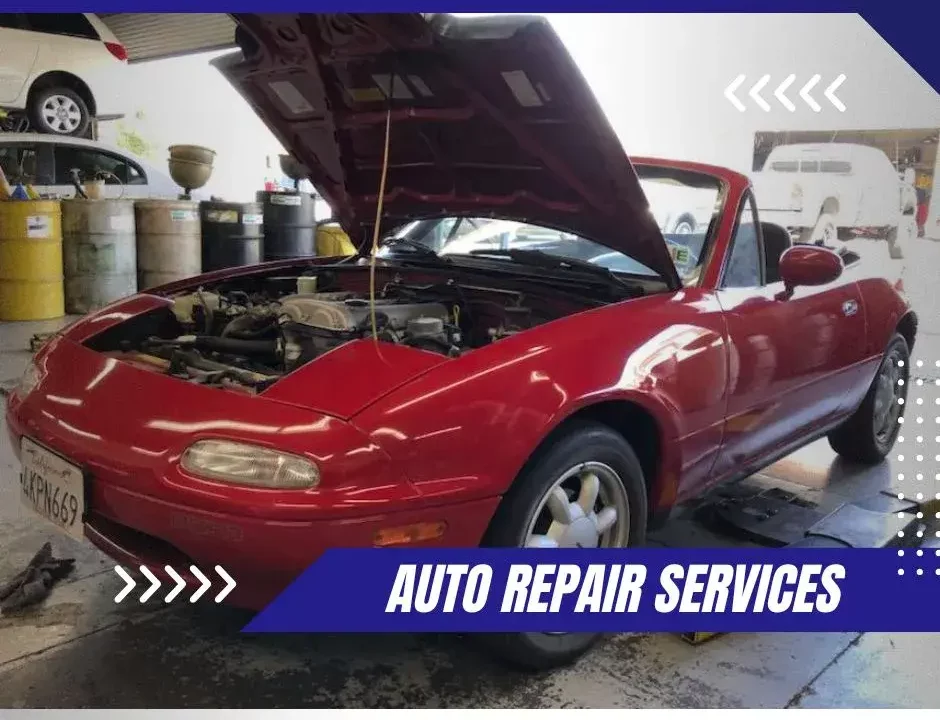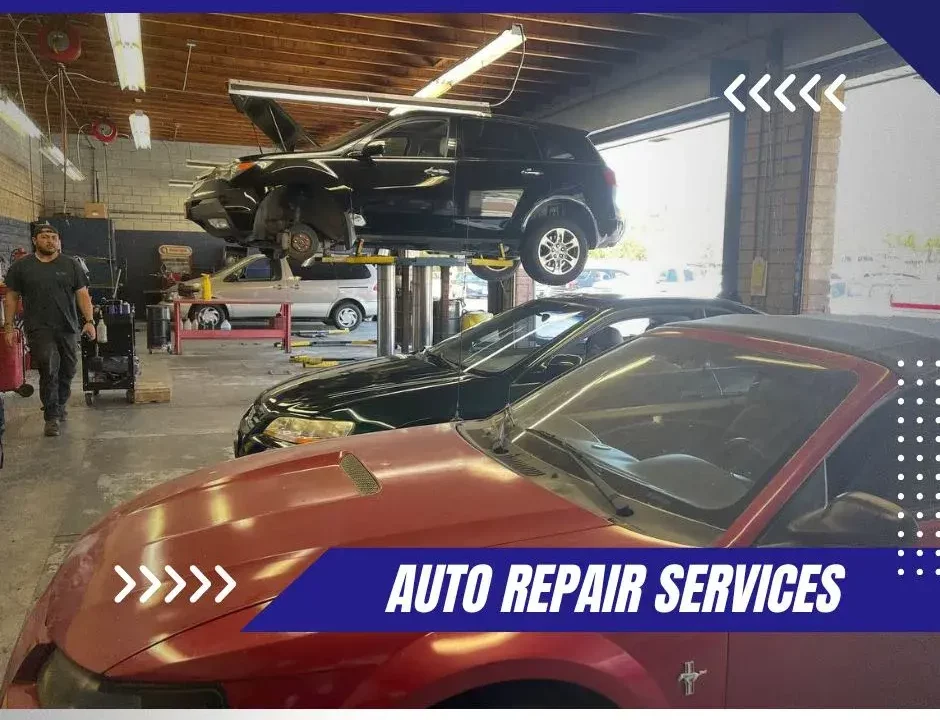
How to Detect and Repair Oil Leaks in Your Toyota
August 14, 2024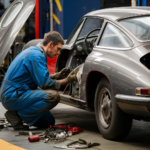
Complete Engine Overhaul: Tools, Tips, and Techniques
August 14, 2024The maintenance of essential auto repair is a critical aspect of vehicle upkeep that requires attention to detail and adherence to recommended protocols. Recognizing the optimal juncture for replacement begins with a thorough understanding of symptoms like diminished engine performance or abnormal noises, which can indicate wear or imminent failure. Equipped with the correct tools and a comprehensive service manual, the task of replacing these components involves a precise sequence of steps, including the safe disconnection of the battery, to ensure both safety and functionality. The question remains, however, just how often should these components be evaluated for potential replacement, and what specific signs should one prioritize to preempt critical engine failure?
Identifying Worn Engine Parts
How can you recognize when engine components are due for replacement due to wear and tear? Identifying worn engine parts is crucial for maintaining the optimal performance and safety of your vehicle. As a member of the automotive community, understanding the signs of deterioration can help you ensure your vehicle remains a reliable and functional part of your daily life.
Firstly, unusual noises such as knocking, hissing, or rattling from the engine bay can indicate that components like bearings, gaskets, or belts might be failing. These sounds typically emerge from the strain of worn parts struggling to perform their roles efficiently.
Secondly, a decrease in engine performance, including difficulties in starting the engine, loss of power, or increased fuel consumption, often points to issues like worn spark plugs, clogged filters, or aging fuel injectors. These components are integral to the engine’s ability to function smoothly and at full capacity.
Additionally, visible signs such as oil leaks, excessive exhaust smoke, or corroded parts are clear indicators that components may be beyond their service life. Regular visual inspections can catch these issues early, preventing more severe damage and maintaining the camaraderie and pride that comes with a well-kept vehicle.
Step-by-Step Replacement Guides
Replacing essential engine components demands a meticulous, step-by-step approach to ensure accuracy and safety during the installation process. Each component, from spark plugs to timing belts, plays a pivotal role in the efficient operation of your vehicle’s engine. Understanding the function of each part fosters a deeper connection with your vehicle, enhancing your sense of belonging to a community of informed and proactive car owners.
First, gather all necessary tools and the replacement parts. This preparation prevents disruptions during the process. Begin by consulting your vehicle’s service manual for specific instructions related to your engine model. Disconnect the battery to ensure safety before starting any work on the engine.
For instance, to replace a timing belt, start by removing the engine cover and any components obstructing access to the belt. Align the timing marks on both the crankshaft and camshaft before removing the old belt. Install the new belt, ensuring it fits snugly without any twists. Rotate the crankshaft manually to verify that the installation aligns correctly with the engine’s timing.
Reassemble all removed parts and reconnect the battery. Finally, start the engine to ensure it runs smoothly. This process not only maintains your vehicle but also reinforces your membership in a skilled group of DIY mechanics.
In conclusion, the juxtaposition of proactive maintenance against reactive auto repair the critical nature of timely engine component replacement.
Regular inspection and identification of wear in engine parts are essential to forestall catastrophic failures and ensure peak engine performance.
Adhering to meticulous, step-by-step replacement procedures not only safeguards engine integrity but also enhances vehicle reliability.
Thus, the dual approach of vigilance and precision forms the cornerstone of effective engine management.
Next article Prev article
